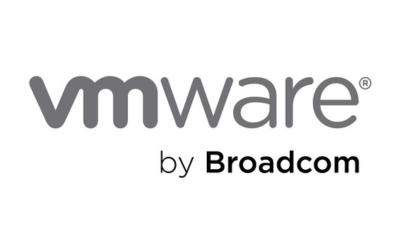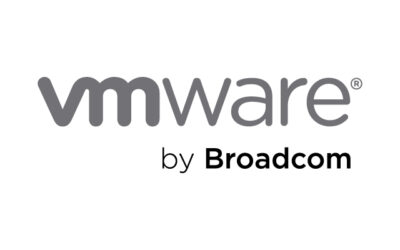Hybrid cloud, also sometimes referred to as Hybrid IT, is a sophisticated computer system that combines the advantages of public cloud, private cloud, and potentially other IT platforms. A company has a lot to gain from deploying hybrid cloud, but a poorly-built cloud could be an expensive and inefficient system, and even cause some security risks.
Hybrid cloud is a really good goal for a company’s digital transformation strategy, you just need to ensure that it is built correctly.
Advantages of hybrid cloud
Combining together several cloud platforms will allow you to achieve the advantages of all of them. Private cloud (or other private IT infrastructure) will provide you with security and reliability for your most important systems, while public cloud gives you the flexibility to cope with peaks in demand without investing heavily in excess IT capacity.
So, if your company could benefit from a reliable, flexible and cost-saving IT system, you are probably asking: how do I build a hybrid cloud?
How do you build hybrid cloud/IT?
Using a VPN to network platforms together
The vast majority of hybrid cloud architecture designs will use VPN to act as a bridge between their platforms, allowing them to transfer data to one another securely and consistently. To establish this VPN connection requires a strong knowledge of your own network architecture, and so having an experienced network engineer is important to building a hybrid cloud.
VPN – A Virtual Private Network is a way of connecting together two devices so that they can transfer data to one another as if they were directly connected, while using the public internet. A VPN prevents anyone accessing the data while it transfers, important for security reasons and some other applications.
Additionally, there is the option to get a direct connection into public cloud platforms. AWS and Azure and other providers can provide a layer 2 direct connection into their public cloud. This is an expensive way of connecting your public cloud and private IT together, so the vast majority of companies will use VPNs. However, if your company is transferring a huge amount of data between systems, then this direct connection might be the best choice as it provides a better connection, and it might work out as cheaper if you’re transferring enough data.
Automated public cloud activation
One of the biggest challenged CIOs have to overcome is deciding how to move their company’s digital transformation forward when they have business-critical applications running on legacy systems. While new technology has facilitated greater flexibility and control through things like infrastructure as code, it is impractical to transition legacy systems to these new platforms. Hybrid cloud is the solution for this issue as it allows the legacy system to be connected to newer solutions, but this will only work with proper automation in place:
- A load balancer configured to monitor data requests, and the capacity of the servers it is responsible for
- Sophisticated coding that will allow it to automatically spin up new servers when a certain demand has been reached
- It is this automation that allows hybrid cloud to provide all-important flexibility to a legacy system
It’s important that once demand on your system lessens, your load balancer is also capable of switching off the additional servers it activated, as this is the money-saving element of hybrid cloud. An automated process means you only have these additional public cloud servers activated when you need them, and you don’t have to pay for them during unnecessary times.
What to avoid when building hybrid cloud
It might be tempting when you are building your hybrid cloud to allow all ports to be openly transferring data through your VPN to facilitate the connection between platforms, but this isn’t best practise for a number of reasons.
The primary issue is security, if your systems are directly connected to one another and all of their ports are open to transfer data, as soon as an attacker has compromised one of your platforms (whether it’s internal servers, your public cloud, or anything else) they will have access to everything connected to your hybrid cloud, regardless of what security is in place for these other platforms.
Additionally, there is an organisational risk with having all the ports of a hybrid cloud open, as someone could be making data changes on one platform that is having an impact on parts of the hybrid cloud they are unaware of.
But don’t worry, if you configure your hybrid cloud correctly, you will completely avoid any of these issues. You need to make sure:
- The default position on all your systems is to have their ports closed and denying data transfers
- Ports are only opened when they are specifically needed for coordination between platforms
- Once the data transfer is complete, the ports close again automatically
This requires a level of commitment to maintaining this careful control over unnecessary data transfer on your hybrid cloud, but the security it provides is worth it.
Hybrid cloud is an achievable goal
While it is complicated, hybrid cloud isn’t out of reach for a lot of companies who need to upgrade their IT but – for whatever reason – still require private infrastructure. If built correctly you can reap the benefits of public cloud and private infrastructure in one system, without compromising security at all, and potentially saving your company some money with efficient automatic public cloud deployment.
We can help you find the ideal cloud solutions because we offer a comprehensive suite of cloud solutions covering Private, Public, and Hybrid cloud, all of which can integrate into any of our clients’ private infrastructure, or other cloud provisions. Speak to one of our cloud experts to get the best advice when building your hybrid cloud for success.



